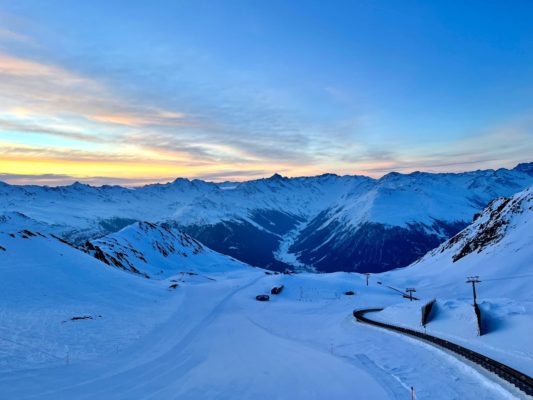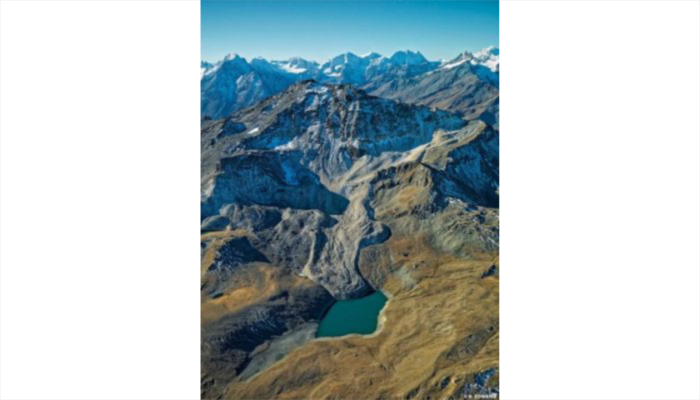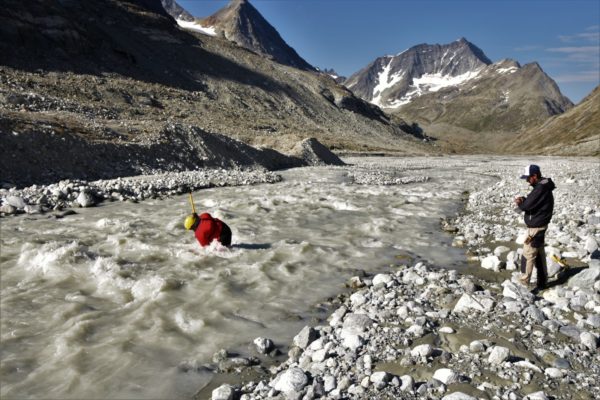As scientists, we often encounter errors in our own work and in the work of others. As modelers, we call these errors “bugs”. Of course, they are not actual insects, but they definitely keep us awake from time to time. Even though everyone is aware of their existence, we rarely discuss them in a scientific context. In today’s post, I bring to you the work and journey of a snow scientist, Dr. Cécil ...[Read More]
Summer 2022: A perfect storm for Alpine glaciers
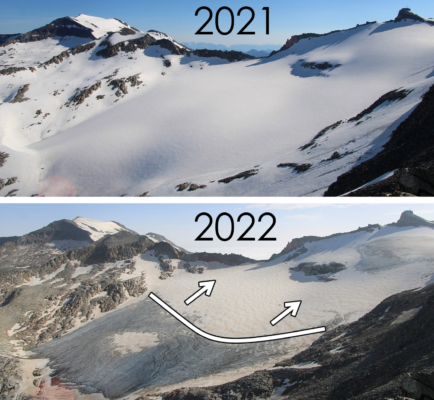
The summer of 2022 is shaping up to be a perfect storm for Alpine glaciers. By a strange coincidence, all the factors that could adversely affect glacial dynamics seem to have come into agreement. Let’s find out why. What controls the behavior of Alpine glaciers? Snow, temperature, weather conditions and the properties of snow and ice. These are the most important factors governing the life ...[Read More]
Climate change and the Cryosphere – With ice we are also losing a piece of our cultural heritage: a glaciologist’s perspective
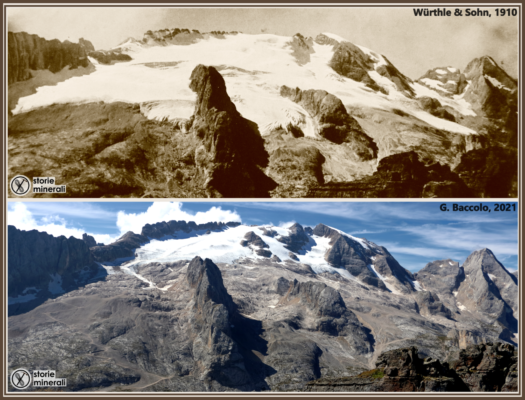
Glaciers are shrinking and disappearing in many regions of the Earth. Did you know? I am joking of course. We are flooded with news talking about this. The decline of glaciers has manifold and severe consequences and is one of the most powerful icons of climate change. Here I want to talk a little bit about one of the less talked about impact of glacier decline: the loss of culture and knowledge r ...[Read More]
Cryo-Adventures – Hunting snow algae in the Alps
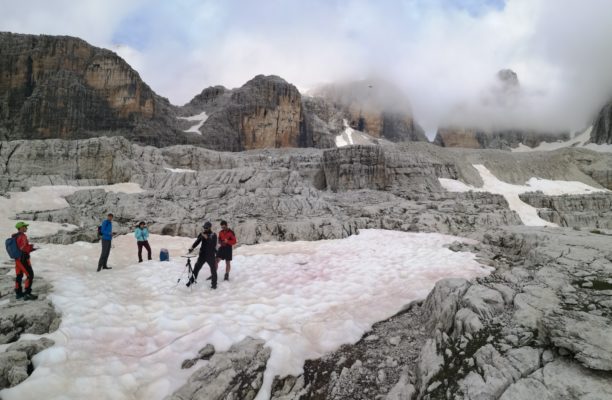
We are used to think of algae as marine or lacustrine organisms, but they are actually able to thrive also on the cryosphere. In a previous post, we learnt how snow algae live and reproduce on snow. Now we will explore how and why scientists study snow algae, and how social media can be used for identifying new study areas. Snow algae in the Alps Snow algae in the Alps have been overlooked or conf ...[Read More]
Image of the week – The hidden ice of mountainous regions
When speaking about glaciers and the ice they contain, we generally picture large, clean, and therefore relatively white mountain glaciers… But did you know about rock glaciers? From our Image of the Week, you might notice that they do not quite look like the classic ice glacier you might have had in mind. Indeed, they actually indicate the presence of mountain permafrost, an often poorly understo ...[Read More]
Climate Change and Cryosphere – What can we learn from the smallest, most vulnerable glaciers in the Ötztal Alps?
The Alps were the first mountains to be studied from a glaciological point of view in the 19th century and they host some of the most studied glaciers of Earth. Some of them are found in the Central Alps and in particular, the Ötztal Alps. Just to cite the most known and largest glaciers in this Alpine sector, we can mention Hintereisferner or Vernagtferner. But in the Ötztal Alps you can also fin ...[Read More]
Running a live stream of proglacial processes
In Switzerland, nothing is really remote, but some places are more so than others. Dense infrastructure networks typically provide convenient access to research sites in the Alps where it is difficult to feel far away from home. However, this is not always the case… For us, our home for the summer is a bit different. We work at 2400 m above sea level in Southern Switzerland, in a narrow vall ...[Read More]
Did you know… about the ice content in mountain permafrost?
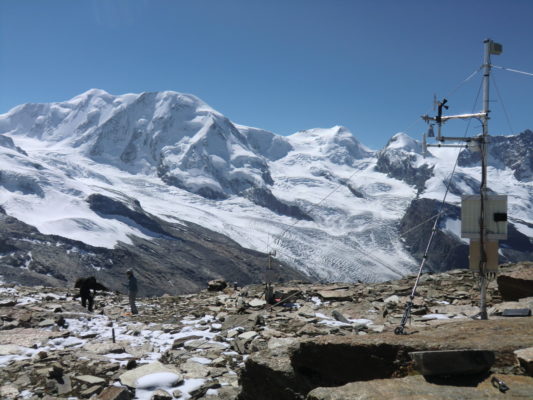
Through the eyes of a researcher studying mountain processes in the European Alps in the context of a global warming climate, let’s discover how geophysical methods help to better understand frozen ground! Permafrost defines a thermal state, i.e. permafrost is soil, sediment, or rock that remains at or below 0°C during at least two consecutive years. As permafrost is only defined by its temperatur ...[Read More]
Education in glaciology: Witnessing the death of a glacier
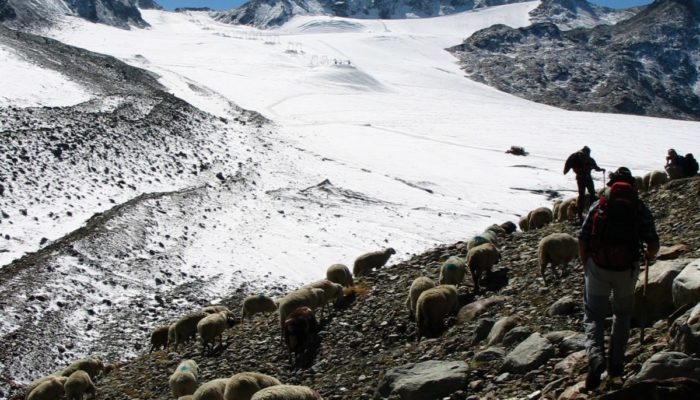
The Karthaus summer school on Glaciers and Ice Sheets in the Climate System has a long history of training many generations of PhD students, thus forming professional networks that have lasted throughout their careers. The Karthaus summer school has been described in detail in a previous Cryoblog post. Here we want to focus on the story of a glacier… Hochjochferner, a retreating glacier One ...[Read More]
The hidden part of the cryosphere – Ice in caves
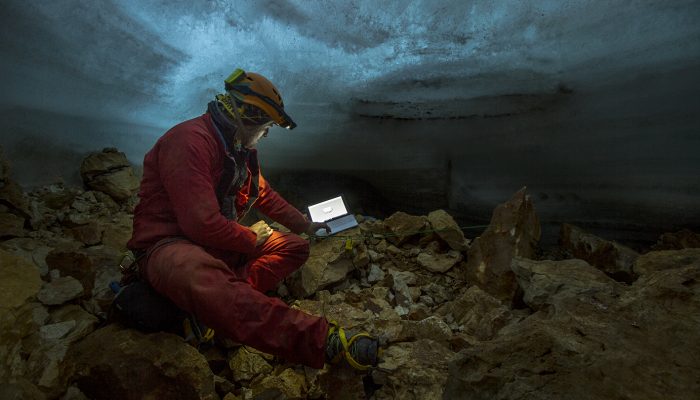
The cryosphere can be found in various places in many forms and shapes… in the atmosphere, on land and sea. A lesser known part of the cryosphere is hidden deep in the dark, in the cold-karstic areas of the planet: Ice caves! The ongoing climate change affecting ice all over the world is now rapidly melting these hidden ice masses as well. We therefore need to hurry up and try to collect as ...[Read More]

